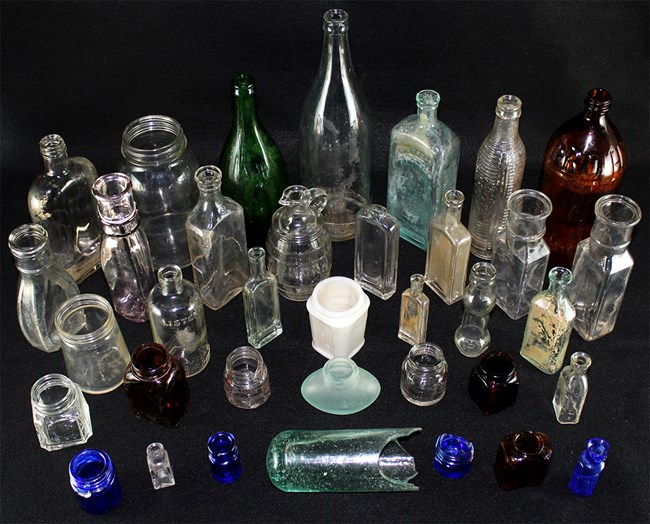
City of Thomasville, Georiga
- City of Thomasville, Georgia
In 2015, Assistant City Manager, Kha McDonald of Thomasville, Georgia, approached SEAC for assistance with locating possible human burials of Civil War prisoners of war. In 1864, these and possibly up to 5,000 more POWs had been placed on the outskirts of the city in a temporary camp for a few weeks around Christmas. Historic records list the death of at least 45 of the prisoners, with possibly up to 500 more. Today a portion of this site is a city park and listed on the National Register of Historic Places, and Thomasville wanted assurances that none of the park included graves. To determine if graves were present, SEAC formed a field investigation team that included experts in human remains recovery. These consisted of staff and detector dogs from the FBI’s Forensic Canine Program, the FBI’s Jacksonville and Tampa Evidence Response Teams, SEAC Volunteers in Parks (VIPs), and VIP Suzi Goodhope and her detector dog, Shiraz. Shiraz and the FBI dogs made several positive “hits” for decay odors related to humans, but no human remains were recovered when those areas were excavated. Based on these results, the archeologists concluded that while decaying odors persisted in the soils, based on historic records, all human remains had been removed from the area and were either reburied in a Thomasville church cemetery, or ultimately in Unions Cemeteries where burials were moved to after the war. The team did recover many artifacts associated with an early 20th century African-American community called Dewey City. These artifacts were analyzed by SEAC, and returned to the City of Thomasville. They are now on display at the Jack Hadley Black History Museum, located just a few hundred yards away from where the investigation took place.
- Florida Public Archaeology Network (FPAN)
Last updated: June 14, 2018
